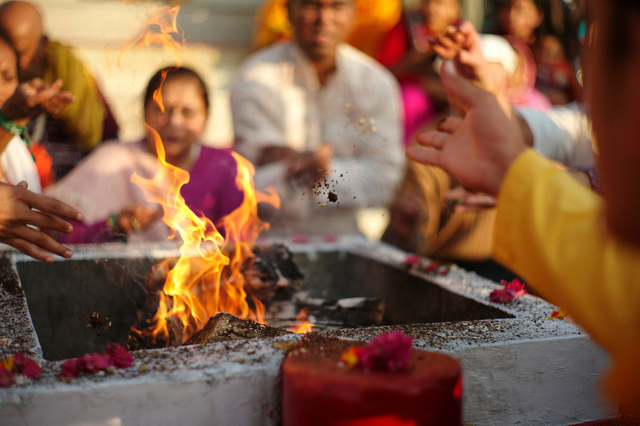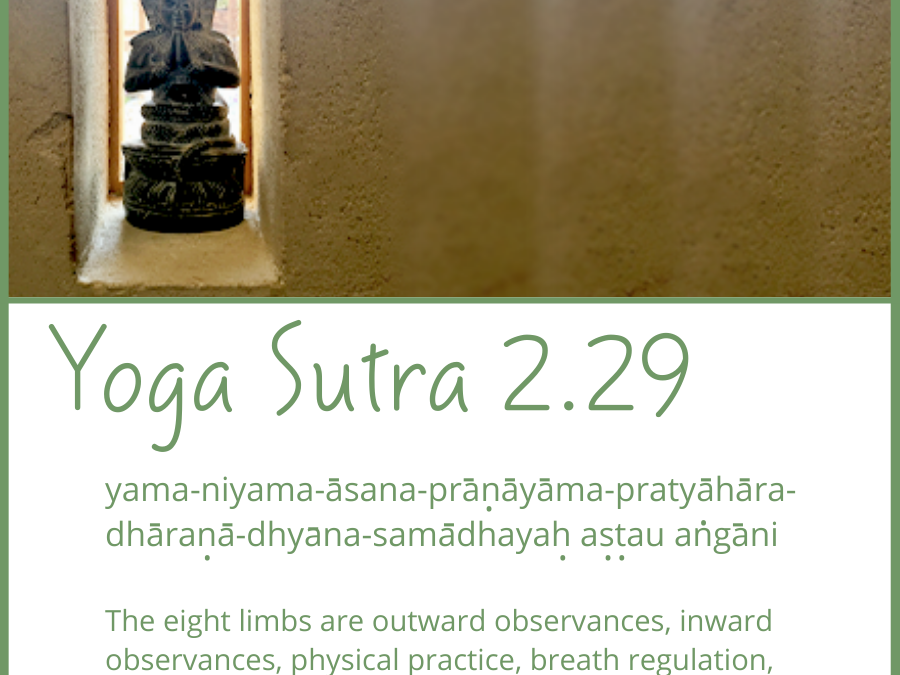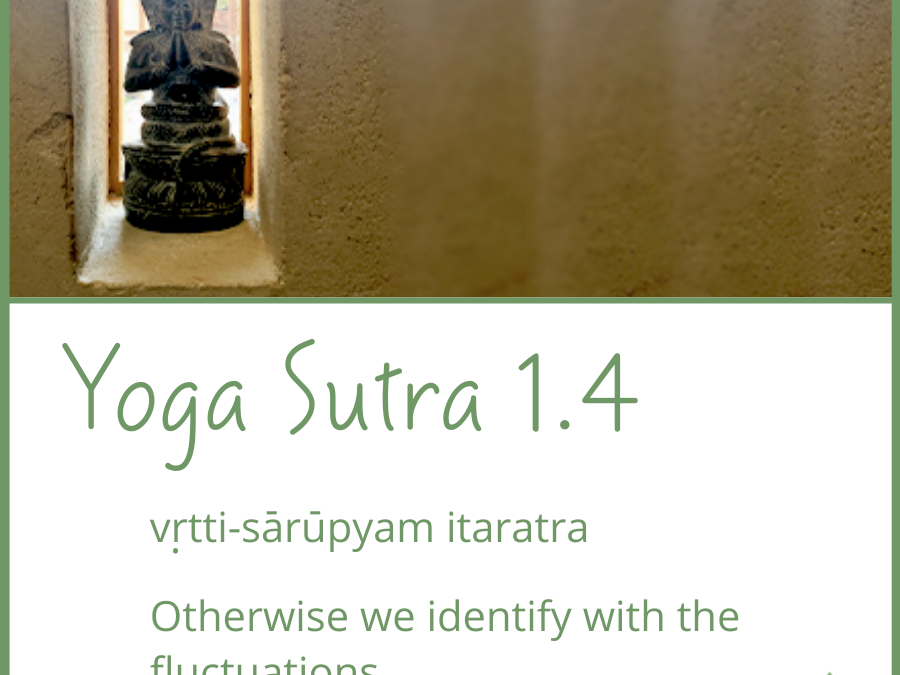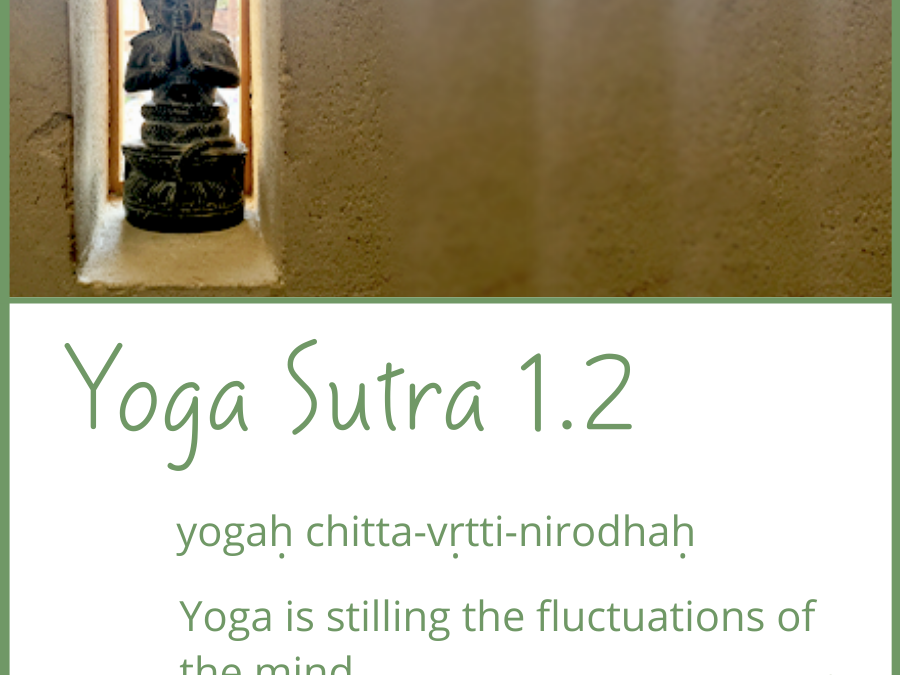For centuries, fires have been used by ancient and native cultures around the world to create ceremonies. Fire, or Agni in Sanskrit, is a transformational force of purification and creation, and indigenous cultures have been infusing this sacred element with prayers, reverence, and intention as a means to connect with the Divine. Specifically in the Peruvian tradition, fire ceremonies have been used throughout the ages as a means of ritual, celebration and connection with the Universe because of their potent form of prayer.











